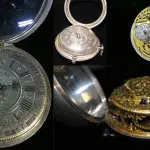
Get out the telescope: Jupiter to reach peak brightness and size in night sky
NANAIMO — Space buffs have their eyes in the sky to get a premium look at the largest planet in the solar system.
VIU astronomy professor Dr. Greg Arkos said Jupiter is currently at one of its closest points to Earth, which means the gas giant is as big and bright as it will appear to Earth all year.
“If you’re looking out in the southeast part of the sky and see something really bright in the horizon, odds are it’s Jupiter,” Arkos told NanaimoNewsNOW.
He said Jupiter’s colours and cloudy, striped features can be seen with a telescope.



